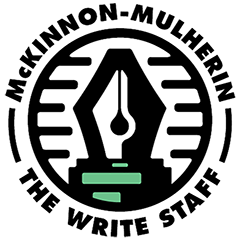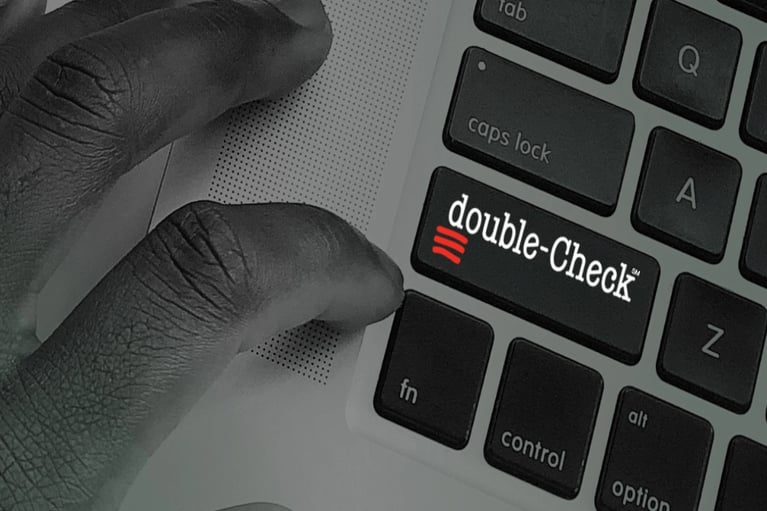Readability Part 1: Spare Those Tired Eyes
My favorite thing in the world is spending a lot of time writing beautiful content, then publishing something impossible to read.
I’m kidding, but this is a real concern—readability is often overlooked in the writing process. But it shouldn’t be.
What’s Readability?
Readability refers to how easy it is (or isn’t) for readers to understand written information, and it’s vital to successful communication. When readers have to scan a sentence multiple times, they aren’t focusing on the hard work you did when you crafted your message. In the worst case, you’re preventing a portion of your audience from connecting with your work. And that’s a real shame.
Over this series of four articles, we’ll help you begin to understand—and conquer—readability.
The Two Types of Readability
There are two primary characteristics of writing that make it readable. The first is physical readability—how visual elements like font size, color, and layout impact the reading process. The second is conceptual readability—how easily the concepts and ideas in the writing can be processed and understood.
Physical Readability
If it makes you squint, crane your neck, avert your eyes, or pinch-to-zoom, it may be lacking important qualities of physical readability (1). Reading should be easy, and the reader will simply give up if it isn’t. More than that, physical readability problems can cause accessibility issues for readers with disabilities.
Most of the time, physical readability concerns are easy to fix. Just make your six-point font larger, increase the contrast of text by using different background colors, or consult accessibility and design guidelines to understand how to support folks who are color-blind or using screen readers (2).
Conceptual Readability
Conceptual readability is far more abstract and difficult to master than physical readability. You don’t improve conceptual readability by making your font bigger—you improve it by making more sense.
Consider the differences between Dr. Seuss’s Green Eggs and Ham, a rhyming magnum opus on the edibleness of discolored breakfast staples, and the United States Constitution. It’s much easier to read Seuss—largely because he’s specifically trying to be easy and fun to read. The founders of the United States, on the other hand, had the loftier ambition of capturing the complexities of governing a nation (and sounding really smart).
Improving conceptual readability is all about what you’re trying to communicate in the first place, who you’re communicating with, and how well your finished work delivers that message. If you don’t have answers for those three questions, you probably have some conceptual work to do.
The Importance of Readability
In the age of the infinite scroll, every reader has tired eyes. If they choose to read your writing, you need to validate that attentional sacrifice by providing a readable message. If you don’t, there’s plenty of other writers who will.
Check out part two in this series on readability where we’ll continue to expand on how you can improve and assess the readability of your writing.
- Physical readability
- Color contrast checker
About the Author: Ethan Trunnell










